Teeth whitening is a popular cosmetic treatment that many people turn to in pursuit of a brighter, more confident smile. Over time, various factors like aging, smoking, or consuming teeth-staining substances such as coffee, red wine, and berries can lead to teeth discoloration. If you’re considering Teeth whitening, it’s essential to understand the ins and outs of this procedure, including its permanence and how to maintain a dazzling smile.
Why Consider Teeth Whitening?
Our teeth can lose their natural whiteness due to several reasons. While aging is a natural cause, lifestyle choices like smoking or consuming teeth-staining foods and drinks can accelerate discoloration. Teeth whitening provides a solution to reverse these effects, leaving your teeth looking brighter and healthier.
Understanding Teeth Whitening
Teeth whitening is a cosmetic dental procedure that involves bleaching your teeth to make them appear whiter. Two primary methods are commonly used: in-practice whitening, performed by a dentist, and at-home whitening kits provided by dental professionals.
Is Teeth Whitening Permanent?
One of the most common questions about teeth whitening is whether the results are permanent. The simple answer is no; teeth whitening is not permanent. However, the longevity of the results depends on several factors:
- Type of Staining: The type of staining on your teeth plays a significant role in how long the whitening effects last. Surface stains are more likely to be effectively removed and may last longer than deep-set stains.
- Oral Hygiene: Maintaining good oral hygiene is crucial to preserving your newly whitened smile. Regular brushing and flossing, as recommended by your dentist, can help prolong the results.
- Lifestyle Choices: Avoiding teeth-staining habits, such as smoking and excessive consumption of coffee, tea, or red wine, can extend the duration of your teeth whitening results.
Teeth Whitening Options
When considering teeth whitening, it’s essential to choose the right method that suits your needs:
- In-Practice Whitening: This option can make your teeth up to several shades whiter in just a single session, typically lasting about an hour. It involves applying a whitening gel and using a special light to expedite the process.
- At-Home Whitening: Dental professionals can provide at-home teeth whitening kits, which include trays and whitening gel. These kits are worn as recommended by your dentist, usually overnight, and may take a few weeks to achieve the desired shade.
Aftercare for Long-Lasting Results
To maintain the effects of teeth whitening and keep your smile looking its best, follow these aftercare tips:
- Brush your teeth with fluoride toothpaste for two minutes, twice a day, to remove daily stains.
- Floss daily to ensure optimal oral hygiene.
- Schedule regular dental checkups and cleanings with your dentist.
- Minimize or quit smoking to prevent stains.
- Reduce consumption of teeth-staining foods and beverages like coffee and red wine.
Consultation and Eligibility
Before undergoing teeth whitening treatment, it’s essential to consult with a dental professional. They will assess your oral health and determine if you are a suitable candidate. In some cases, teeth whitening may not be recommended, especially if you are pregnant or have certain oral health conditions.
Cost Considerations
The cost of teeth whitening can vary depending on the method and location. Typically, at-home whitening is more affordable than in-practice whitening. Additionally, there may be a consultation fee to ensure you are eligible for the treatment.
Conclusion
while teeth whitening can provide you with a dazzling smile, it’s important to understand that it’s not a permanent solution. The duration of your results depends on various factors, and proper aftercare is crucial to maintaining a bright smile. Consulting with a dental professional can help you choose the right method and ensure you’re a suitable candidate for teeth whitening. So, if you’re dreaming of a whiter smile, take the first step and schedule a consultation with your dentist to explore your options.
For more information visit….





